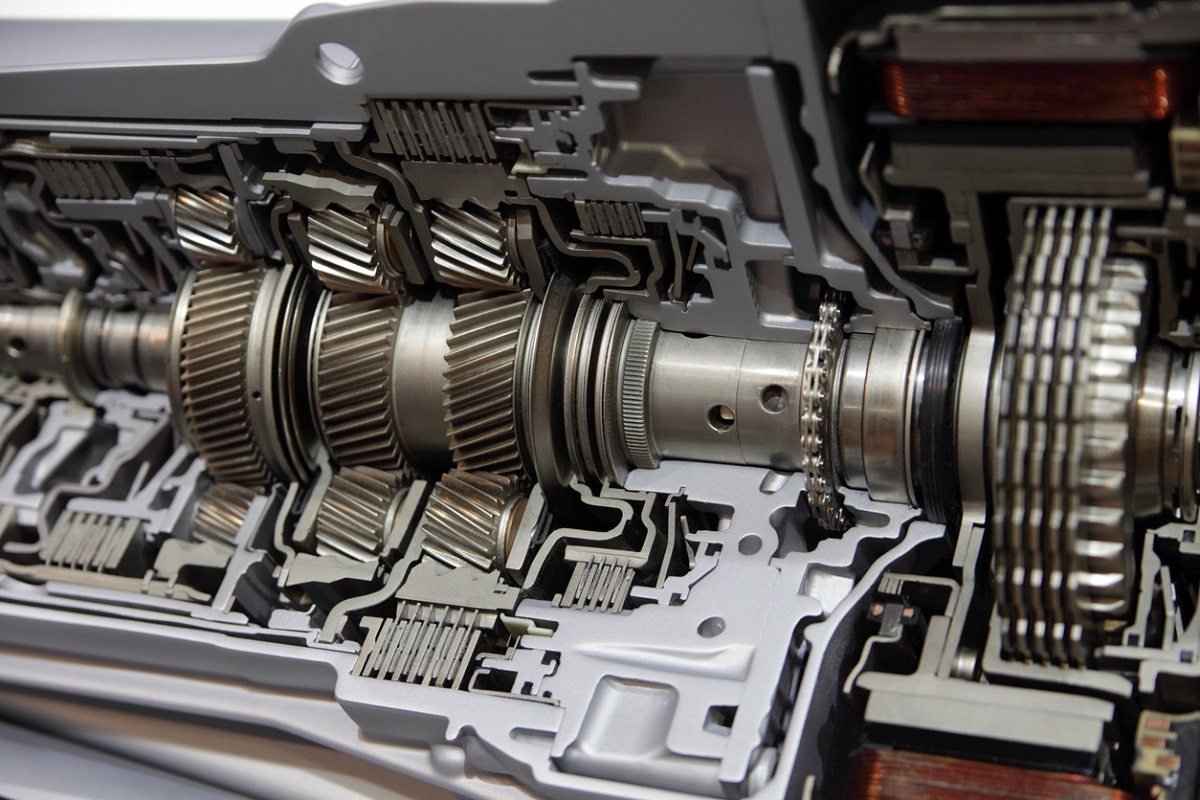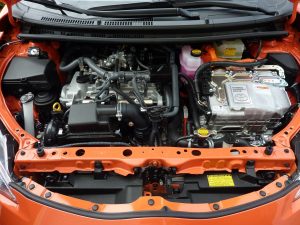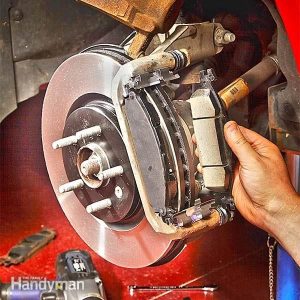Transmission problems can cost vehicle owners significant repair and downtime costs. With the right knowledge and tools, many transmission problems can be solved at home. Expert DIY transmission repair advice for 2024 will help you fix common mistakes and keep your car running smoothly.
Know your transmission
Before repairing your vehicle, it is critical to understand your vehicle’s transmission. The two main categories are automatic and manual. Manual transmissions use a clutch pedal and a shifter to change gears, but automatic transmissions do this automatically. Gear slippage, difficulty shifting, and transmission fluid leaks are common transmission problems.
DIY Transmission Repair Tools
Repairing a transmission at home requires the right tools and equipment. To lift your vehicle you will need a jack and jack stands, a socket set, a wrench, a screwdriver, and a torque wrench to tighten the fasteners to the manufacturer’s specifications.
safety precautions
Always put safety first when maintaining your car. Wear gloves and safety glasses and work in a well-ventilated, well-lit area. Use jack stands to keep the car stable while you work underneath it.
Test steps
The problem must be accurately diagnosed before it can be repaired. OBD-II scanners can read trouble codes and identify transmission problems. Gear slippage, delayed engagement, or strange noises may indicate a problem.
Check and replace fluids
Transmission fluid is essential for lubricating and cooling transmission components. Check the fluid level and top up if necessary. Dirty fluid must be replaced. Follow your vehicle manufacturer’s instructions for fluid type and quantity.
Replace transmission filter
A clogged transmission filter can restrict fluid flow and cause transmission problems. Filters should be replaced regularly for optimal performance. Locate and replace the filter according to the manufacturer’s instructions for a leak-free seal.
Gasket and seal replacement
Worn gaskets and seals can cause fluid leaks and transmission failure. Check and replace these parts regularly. For a good seal, clean the mating surfaces before installing the new gasket.
Adjustment of the transmission belt
Automatic shifting is controlled by a drive belt. They can become loose or slippery, causing the gears or transmission to slip. Follow the vehicle manufacturer’s instructions for tire adjustment.
Replace the solenoid valve
A solenoid valve controls the transmission fluid flow. Failure to do so could cause transmission or shifting problems. Solenoid valves must be replaced according to the vehicle manufacturer’s instructions and using the correct parts.
repair leakage
Transmission leaks can be caused by seals, gaskets and damaged parts. Inspect the transmission housing and adjacent areas for puddles or fluid stains that could indicate a leak. Repair leaks immediately to prevent damage to the transmission.
Replace torque converter
The engine power is transmitted to the transmission via a torque converter. Torque converter failure can cause gear slippage, overheating and transmission stalling. Replace the torque converter according to the vehicle instructions and use the correct items.
Rebuild gearbox
In severe cases, rebuilding the transmission may be necessary. Severe slip, wear or shifting problems require rebuilding. Transmission repairs are complex and may require specialized equipment.
Common mistakes to avoid
There are many DIY transmission repair mistakes that should be avoided. These include incorrect fluid levels, torque settings and replacement parts. To be successful, you must take your time, follow the manufacturer’s instructions and check carefully.
finally
Do-it-yourself transmission repair allows you to fix common problems without the need for an expert, saving you time and money. Knowing your transmission, using the right tools and following safety procedures will help you repair and maintain your transmission for years to come.
FAQs
Is gearbox repair possible without experience?
Major repairs may require professional assistance, while minor repairs can be done by DIYers.
How often should I change gearbox fluid?
Transmission fluid should be changed every 30,000–60,000 miles, but check your owner’s handbook for exact intervals.
What are torque converter failure symptoms?
Slipping gears, overheating, and decreased acceleration are symptoms.
Is driving with a gearbox leak safe?
Low fluid levels can damage or fail the gearbox, therefore avoid it.
What should I do if I can’t fix my gearbox?
Hire a mechanic if you’re unclear how to solve a gearbox problem.




